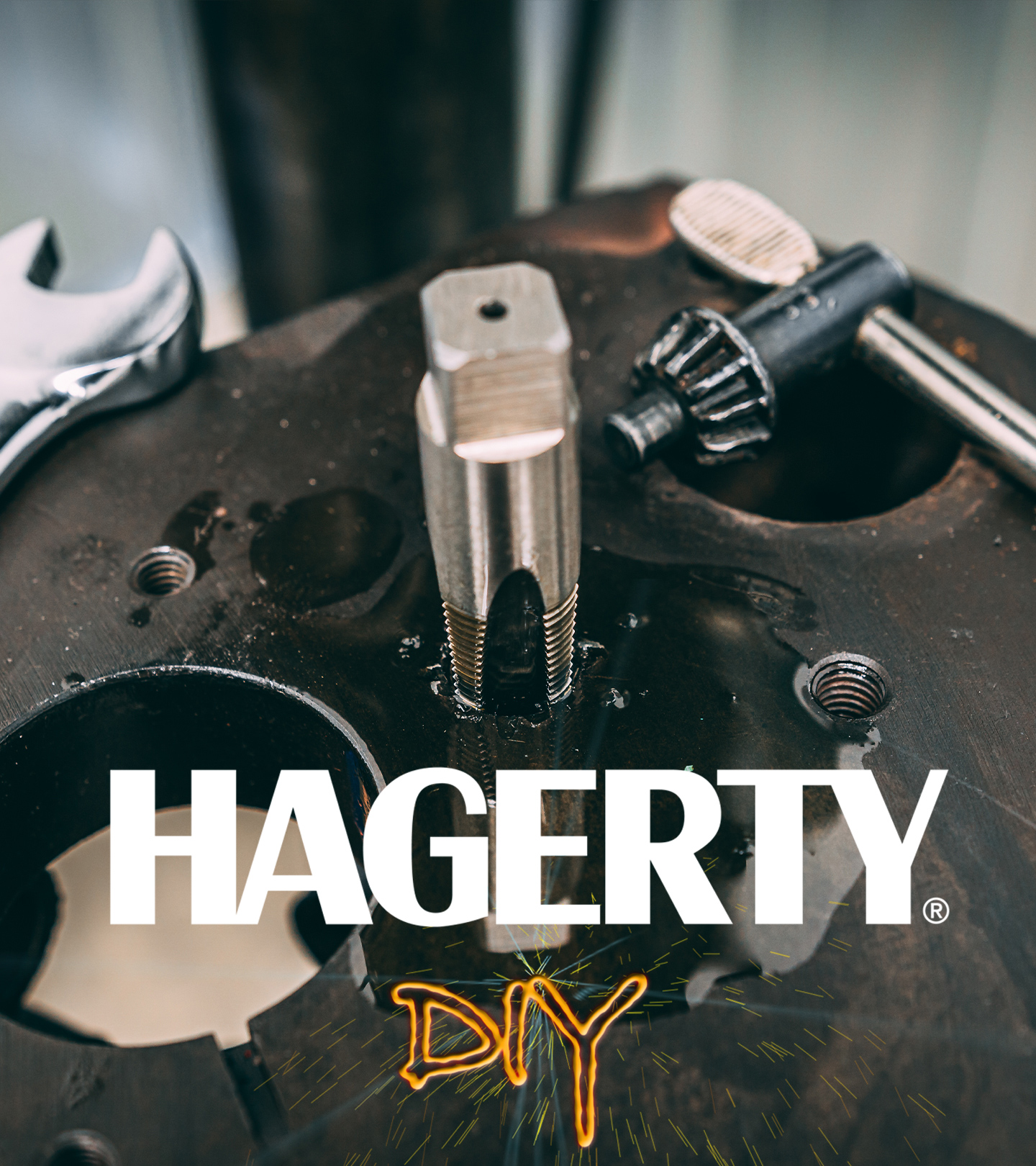The Redline Rebuild Buick 401 reveals more bad news inside the engine - Hagerty Media
The Buick 401 currently getting the Redline Rebuild treatment is also known as a Nailhead. From the headache this V-8 has given our resident wrench Davin Rekow, it is a fitting name. Nothing about pulling this engine apart was easy, but it is finally at the machine shop for inspection to see if what’s left is usable.
The short answer—maybe.
The long answer? The Nailhead’s block isn’t cracked, but the corrosion and rust in the cylinders led the machinists at Thirlby Automotive to think that at least six of the eight cylinders would require sleeves before they would be usable again. Cylinder sleeves are not necessarily a bad thing, in fact the Tri-Power Pontiac 389 from last year was on the receiving end of one cylinder sleeve.
“It’s not a question of if hammering in a few sleeves is acceptable.” Says Davin, “That is ok, but there is a point where the cost of machine work will be darn close to a replacement block. We have to weigh out if another block is a better option right now.”
The process of installing a cylinder sleeve involves machining the bore of the cylinder block large enough to press in a new cylinder wall that can then be whittled down to the correct bore size. This process is used in high-performance applications as well as restoration situations, and has proved its worth for decades.
If the Nailhead block is currently the automotive equivalent of a question mark, the cylinder heads are certainly a period. The valve seats appeared hammered, and unapologetically at that. The valve seats in a cylinder head interact with the valves to create a sealing surface, meaning they need to be smooth enough to hold combustion pressure as the engine cycles.
Davin’s look at the valve seats on this set of cylinder heads was all bad news. Appearing more like the surface of the moon than the near polished finish required for the valves to do their job successfully. Similar to cylinder sleeves, new seats can be pressed in—if the head still has enough material after machining to make sure it’ll stay in place.
“The design on these heads is pretty optimized from the factory. They didn’t leave much here for the aftermarket to work with.” Davin said. “Even if we wanted to press in new valve seats there isn’t enough meat left on the head to hold them in.”
That means the heads are destined for the scrap pile, and Davin’s next task is picking up the phone rather than wrenches. What will his search reveal? We’ll find out next week on the fifth Redline Rebuild Update. Be sure to subscribe to the Hagerty Youtube channel to receive an update when each video goes live, so you never miss the latest.










